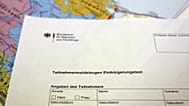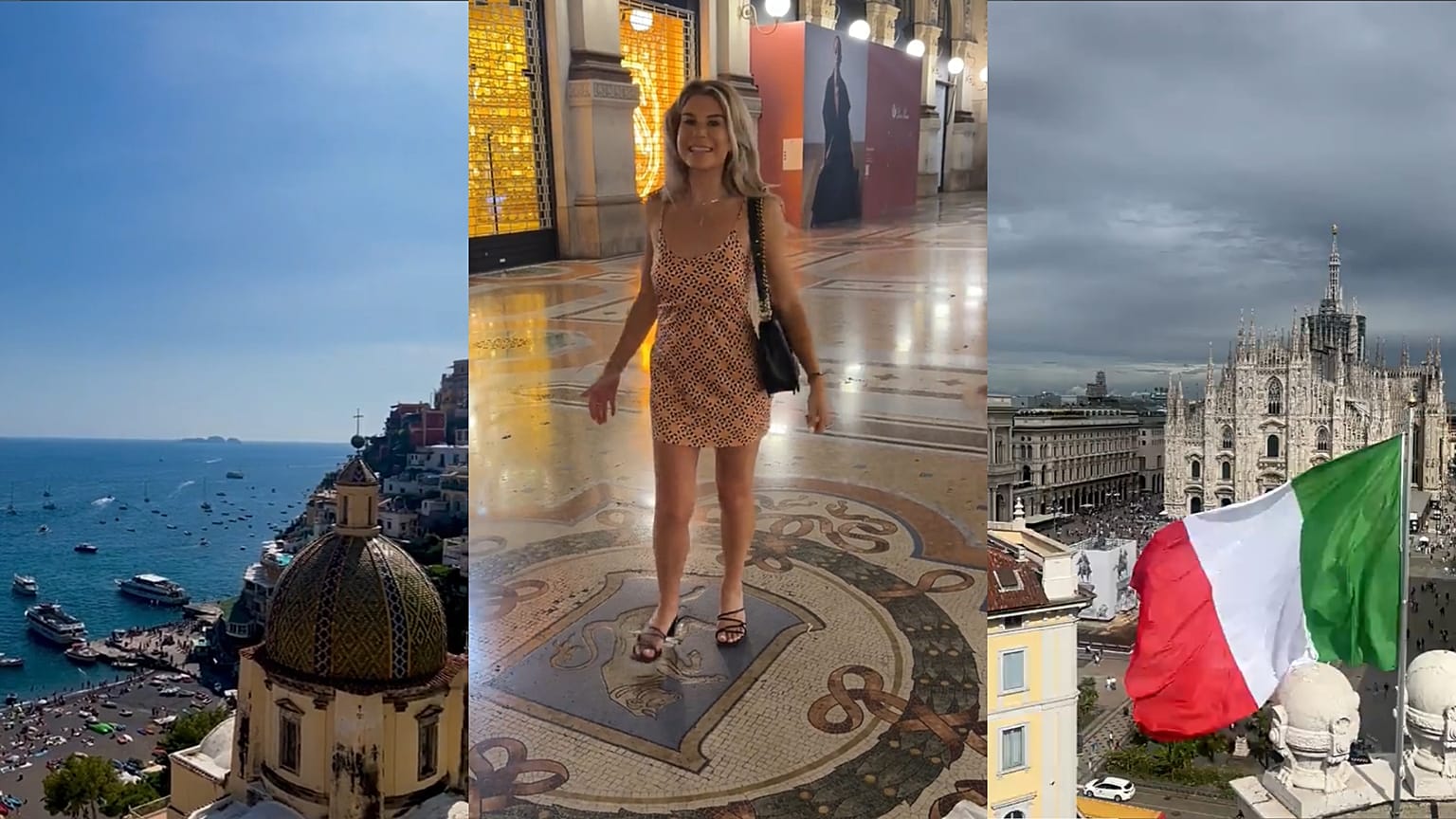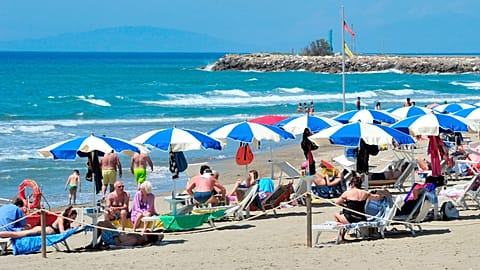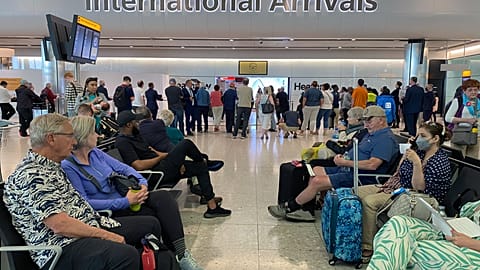There is still not much information out there to help digital nomads apply for the new Italian visa.
After years of speculation Italy finally launched a brand new digital nomad visa in April this year. It allows remote workers to stay in the country for up to a year.
It has only been available for a few months but some adventurous travellers are already taking advantage of the scheme.
Chelsea Waite, originally from the US, started her own business in 2020 and has been working remotely ever since. After visiting Italy in 2017 for the first time, she knew where she wanted to live.
“When I found out this past April that the digital nomad visa had been launched, I was just so excited and I knew it was something I had to pursue and pursue aggressively,” she tells Euronews Travel.
“I tried to do as much research as I could … However, because this is such a new visa, there literally is not any information out there besides just stating that the visa exists.”
Luckily, Chelsea found her way and is now one of the first people to have been granted the visa and she is now living in Milan.
Here she shares her journey and top tips on how to get Italy’s digital nomad visa.
Is it difficult to get Italy’s digital nomad visa?
Navigating such a new visa process came with many hurdles. Chelsea puts her success down to perseverance and preparedness.
One area, she says, that can be notoriously hard in Italy is getting a rental contract- an essential piece of paperwork for the digital nomad visa application.
Most people assume that you need a ‘codice fiscale’ - an Italian tax code - to sign a lease on a property, she explains. Granted to Italians at birth, this code is required for all kinds of vital everyday services like opening a bank account or even getting an Italian phone number. But a ‘codice fiscale’ can be difficult to get if you are not already living in the country or don’t yet hold a visa.
Finding an estate agent in Italy was a lifesaver for Chelsea.
“My real estate agent had informed me that there is a way to register the contract, for individuals who will be moving to Italy and don't yet have this codice fiscale,” she explains.
“So I would recommend if you do get pushback from a property owner or a real estate management company, definitely inform them that this is a possibility and see how they can work together with you.”
Italy’s digital nomad visa is also a little different to some others in Europe. It is aimed at highly skilled workers who carry out “highly qualified work activity” and earn at least €28,000 a year.
Part of the application process for Chelsea meant having her degree certified. She thought that having it notarised by the US Secretary of State’s office would be enough. But Italy requires qualifications to be verified through the Information Centre on Academic Mobility and Equivalence or CIMEA, which manages the recognition of foreign degrees within the country.
“You have to upload your proof of degree there, you have to upload your transcripts and then it goes through an internal review process which can take days or it can take months.”
It is nuanced requirements like this, she says, that can cause roadblocks in your application.
What are Chelsea’s top tips for getting Italy’s digital nomad visa?
Chelsea has three tips for anyone looking to follow in her footsteps and apply for Italy’s digital nomad visa.
“My first would definitively be, come overprepared versus underprepared,” she explains.
“You want to have all the ammunition at your disposal versus being told that you have a piece of documentation missing and you have to come back and redo the whole process from the beginning.”
Secondly, she recommends getting help within Italy with vital parts of the process such as finding accommodation.
“I would also recommend, if you have the opportunity to come over to Italy between when you received your appointment (with the Italian consulate) and when the actual appointment will be.”
Chelsea adds that forging relationships with locals is a lot easier face-to-face than virtually.
“And my third piece of recommendation would just be to stay flexible and to come financially prepared.”
She says digital nomads need to consider fees like deposits on flats or houses, health insurance, the cost of having documents verified and the fees for the visa itself.
“The whole process definitely cost a little bit more than I was anticipating.”
The non-refundable fee for the application alone is €116 per person.
With so little information currently out there about how to apply for Italy’s digital nomad visa, Chelsea is now writing a guide to try and help other people navigate the process.
Watch the video above to find out how Chelsea got one of Italy’s first digital nomad visas.


















